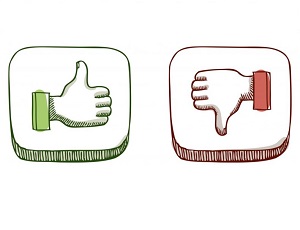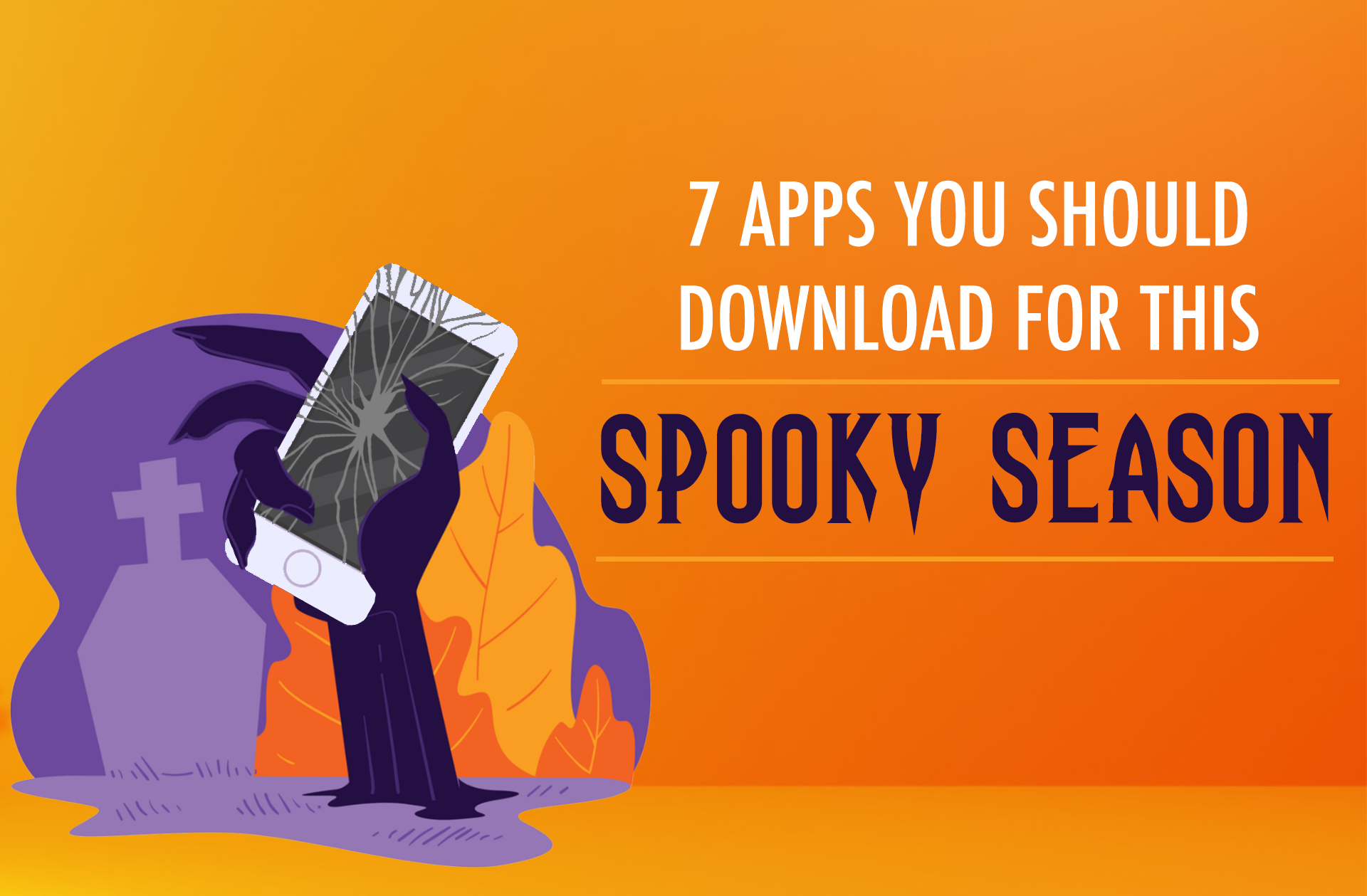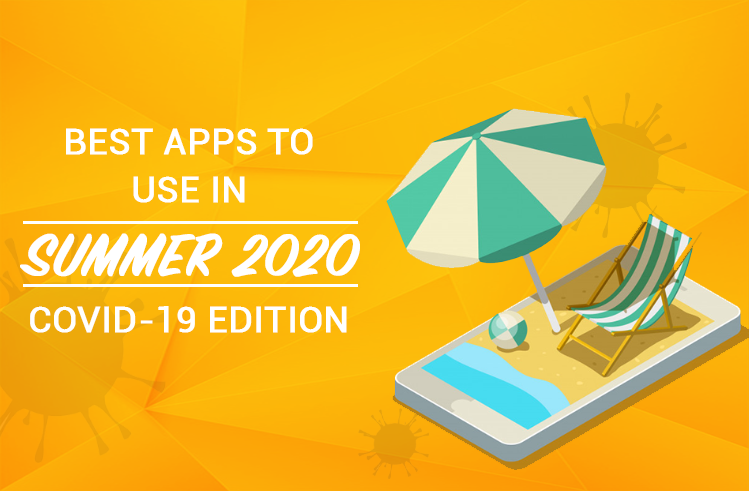Do you have the plan, the team and the dream for a digital innovation? You are probably missing something if you can’t achieve what you aimed for and that may be on UA. Get your head in the game and gain new users. Create a strategy intended not only to attract a targeted audience of your choice but also to convince them to use and keep using what you are offering. The way to success can be simple when the right tactics and channels are used.
The subject of creative user acquisition seems to greatly monopolize all discussions that I have with mobile app advertisers, whether clients or friends: In today’s day and time, our industry faces the problem that even the most innovative apps in the world often lack sufficient acknowledgment.
I assume how that feels: You work with a dedicated and focused team; you planned, completed and developed the digital idea you had in mind for months or years. Everything around your purpose seems to work out properly, yet the factor influencing your app advertising goals remains looming over your head: Your rankings are low, the user retention is almost non-existent, and the few users loyal to the app are not engaging with it. Thus, the revenue results deviate far from your predictions and from what forecasts had seemingly promised. Indeed, greatly unfortunate.
By now, you will probably have assumed what message I intend to convey: Merely grasping the idea or being confident enough to have started the project does not suffice, – even if you have a cross-functional team behind you executing your plan. Once a mobile app is up and running, the most critical factor to consider is that it needs active users. Conclusively, the most significant challenge revolves around the ways one promotes and markets the digital product. With an increasing number of nearly 4 million apps on Play Store and iTunes, let alone many progressive web apps and other distractions such as social media marketing, videos and blog posts, we consider mobile app marketing tactics an essential component of the business plan. However, even if you plan everything accordingly, how will you keep your ranking high enough to beat the competitors? How will you acquire active users? Also, most importantly: How will you call your acquired users to engage within the app? Thus, an important question one has to ask himself is whether all the efforts you put into building a methodic and competitive user acquisition strategy will reflect the promising results you are expecting.
No reason for concern, I am here to help. I prepared a thorough guide including creative user acquisition hacks for multiple channels to choose, as well as listing their pros and cons for each. These tactics, if used correctly, might not only give you large volumes of traffic, but they might also give you the tools to acquire high-quality users, leading to robust revenues.
First and foremost, set goals and define your performance metrics:
Two questions emerge:
1) How will I choose the right mobile user acquisition channel for my app?
Before starting to test all acquisition channels randomly, thinking that this will ensure the best possible results, consider having a measurable goal. The first thing I am trying to define when a new advertiser uses our platform is the goal. Although there are many responses to the question of “what can your platform bring?”- One cannot win a strategic game without having an actual strategy. The same goes for business competition: first, you need to know where you wish to go in order to define how to get there. Thus, how many clicks, downloads, converting users or individual purchases would you want to have in one week, one month, or in one quarter? Thereby, one has to bear in mind that an acquisition channel that works well for one vertical might be ineffective and therefore unsuccessful for another. A sponsored campaign might deliver and could achieve great results for a travel app. However, it is questionable whether it would be of similar benefit to a gaming app. It is vital to segment your audience, to target accordingly and to measure the costs. If, for example, your company is running on a tight budget, try to mix the cost-free acquisition channels with the most suitable paid ones in order to see what works best for you.
2) Okay, and how will I know that my marketing efforts are paying off?
As I mentioned previously, you first need to set the goals for your product. It will become apparent if a channel is working when you know what you are trying to achieve. Are you aiming for higher rankings or more impressions, for more sales within the app or a higher retention rate among users? As a result of this, being as specific as possible and choosing the performance metric that suits you best, is helpful. Many advertisers, although they seek to achieve more sales and engagement and in spite of my insistence on the CPE method, they try out the more risky CPI model. Others, however, ask us to track and charge the impressions when they decide to run on performance, even if we have a separate DSP dashboard for the CPM campaigns. Try to define your performance metrics and try to be agile if you wish to adjust your expenses and costs when something is not functioning the way you expected. For example, you may prefer to spend more money on channels that have better retention or LTV (Life Time Value), or you can spend less on the ones with high CAC (Customer Acquisition Cost). Only then, you will realize if you need to optimize or move to other acquisition channels.
We differentiate between tactics in paid advertising and organic marketing

Paid advertising tactics for user acquisition:
1) Pay to boost your app ranking
As stated previously, with over 4 million apps in Google Play and App Store, the chances of competition are low. It will be difficult for a new app to rank higher than existing apps. Consequently, a boost campaign might be an excellent strategy to deliver results in a short time and rank higher in a specific category, getting the app both, visibility and more organic downloads.
PRO: Fast results and high visibility
CON: Cost might be high
2) Use paid ads in social media
Your app can get high exposure to a diverse range of users throughout all social media platforms. If you plan your precise ‘target customers’ and know the needs of each category, you can get great results from an enormous audience. There are multiple ways to leverage the app ads on social media to attract potential customers, but one has to make sure that the ads are genuine, appealing and contextual.
PRO: Great exposure to a massive and diverse audience
CON: You need to plan a different strategy for each social media platform
3) Retargeting campaigns
We all know about potential users who visit your site or click your ad but fail to install the app. However, retargeting gives you the option to re-engage with such users and convert them from potential to active ones. Depending on the user’s browser history, the retargeting cookie creates a more personalized ad, and therefore a user can be easily induced to convert.
PRO: High efficiency
CON: Time consuming in terms of user segmentation
4) Advertise through agencies and ad networks
There are mobile app marketing platforms that can target your app to a prospective audience. You may choose many different categories with regards to the costing method. We usually recommend the PIE method (Post Install Events), where advertisers get free installs and pay only for meaningful post-install events. We perceive it as one of the most effective strategies, as it gives you free exposure and ranking while paying for the actual engagement.
PRO: One of the most affordable paid tactics and easy to target and specify the results you want to get
CON: Fraud traffic is always an issue
I usually suggest to my clients to start with a flexible hybrid payout for any event they might choose to pay for and adjust “the fraud loss” to that payout. That leads to cheaper advertising, fast results and better profits.
Organic marketing tactics for user acquisition
5) Social media and influencer marketing:
Social media is an integral part of our everyday lives, and we all acknowledge our era as “the digital era of influence marketing.” Do you still remember the days that magazine covers or TV ads had an impact on you? Today you see those influences while scrolling through your feed. Thus, it is needless to say that you understand how beneficial it can be for your business to share information about your app while increasing visibility without any cost. Currently, it is not impossible to get organic results if you post meaningful and consistent content in all social media platforms, engage and interact with your target audience and followers, as well as leverage the information you can get from your user’s analytics. Finally, yet importantly, you can collaborate up with people that have built a wide range of following around their name/brand, so you can both have a mutual benefit. You could offer them free promotion of their product, in exchange for free advertising of yours to their audience.
PRO: Results can be astonishing
CON: Time consuming in terms of choosing the right influencers and building an effective social media strategy
6) App Store Optimization (ASO):
ASO is about setting up and optimizing your app to make it rank high on the App Store. You can create a ranking strategy by using the right keywords in strategic places such as description or title, or ensuring that the app is appealing, valuable and user-friendly.
PRO: Your app can get visibility with no cost
CON: Too much competition
7) Building a mobile website and take advantage of SEO:
What might be better than a useful source of information on the browser about your business? Creating a site where you can share vital information about your app as well as using tools such as smart banners to link your app to the website or describe in more detail the ways that the app works is of high importance. Make sure that you will take advantage of SEO (Search Engine Optimization) to increase website traffic and thus traffic to your app.
PRO: Users usually trust a brand with an informative website. Hence your app’s trustworthiness can be increased
CON: Indirect/not, immediate exposure and targeting can be unspecified
The results you get from all the user acquisition tactics mentioned above should tell you which strategies work best for your app, as the success of your product greatly depends on your marketing efforts. To summarize: Set specific goals, know your market, target your audience and be creative!
Author: Maria Dimitropoulou / Head of Business Development





